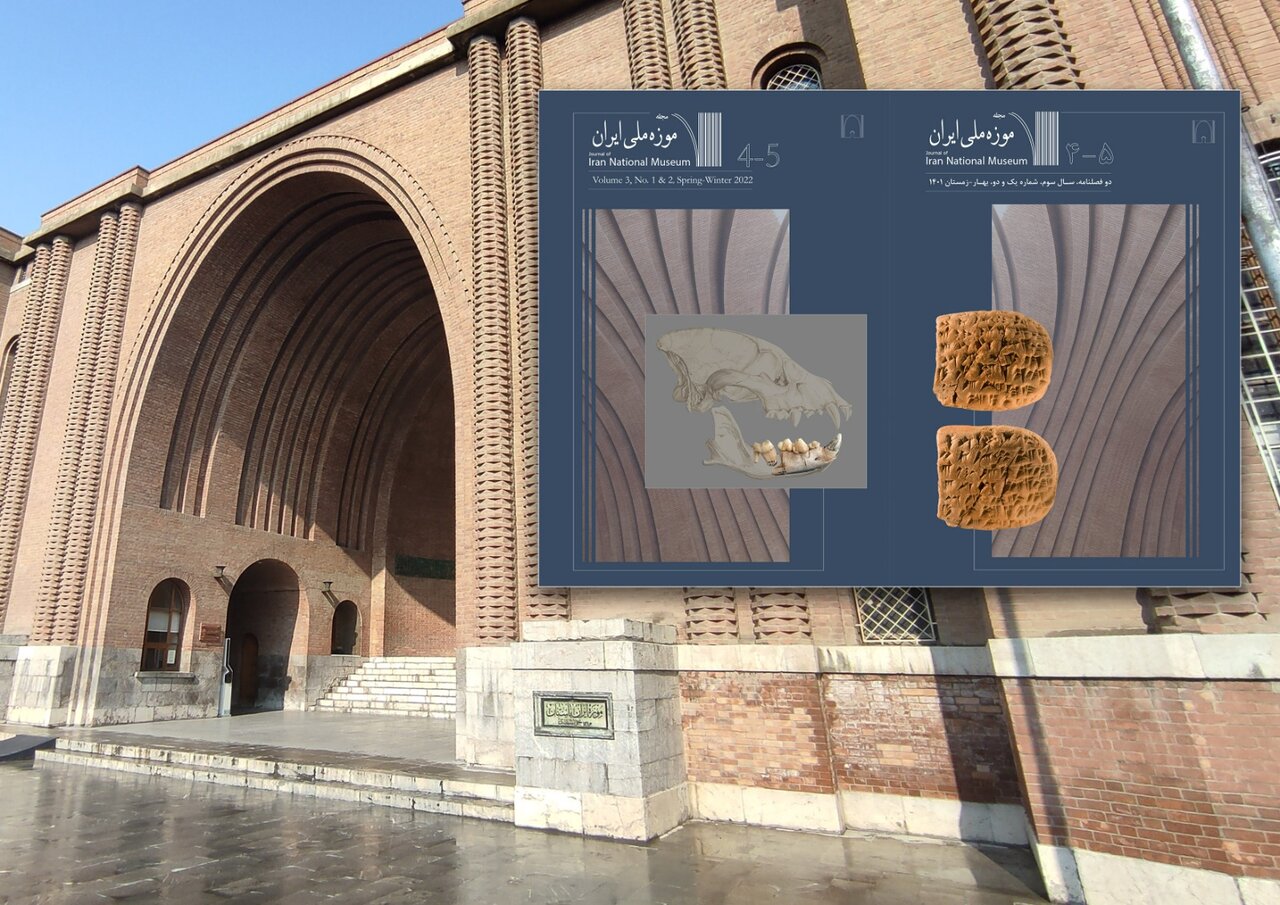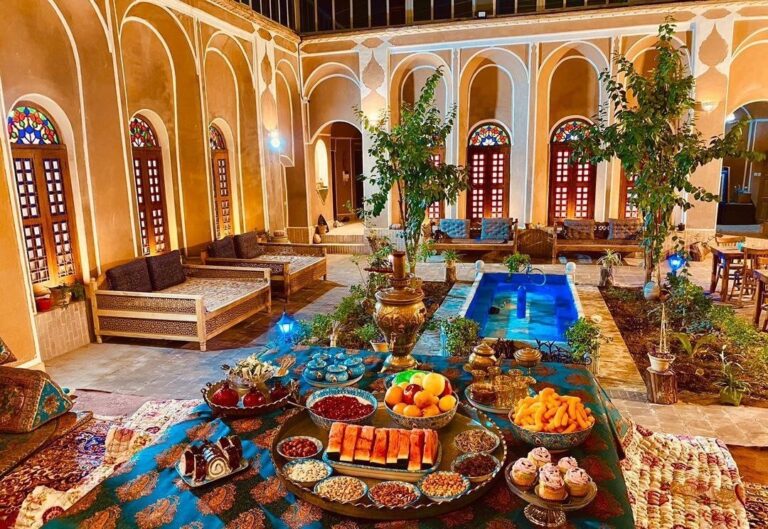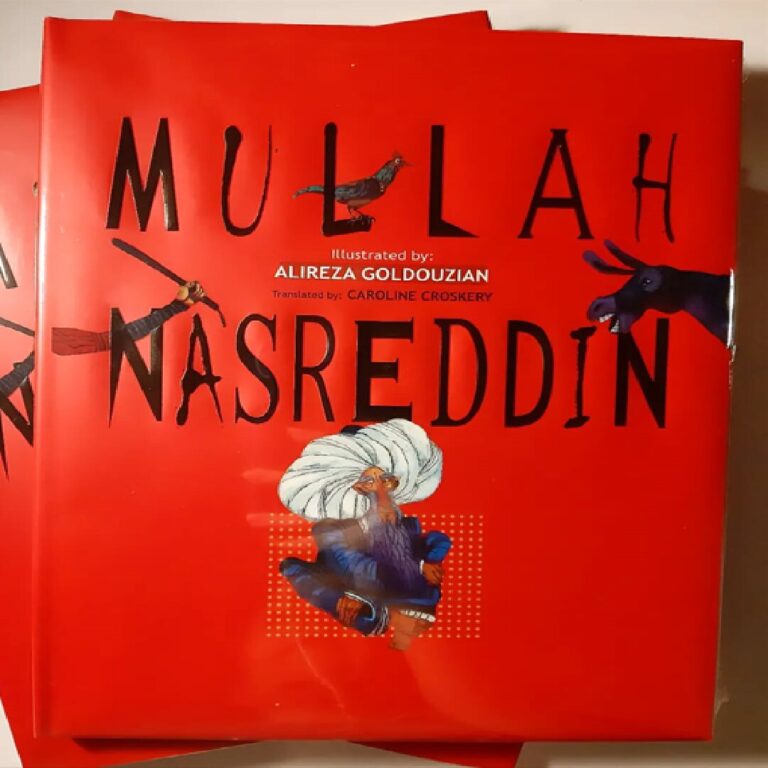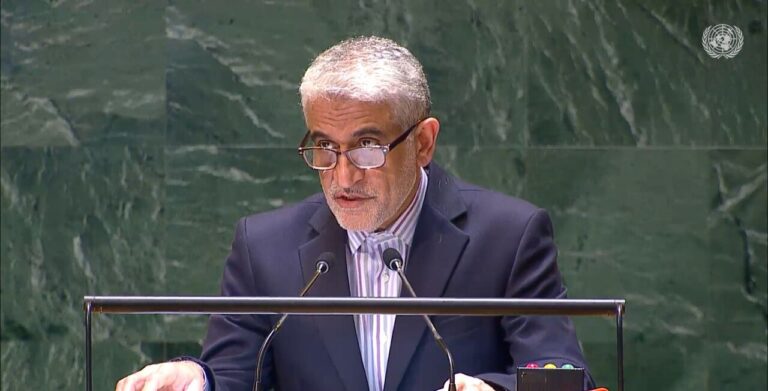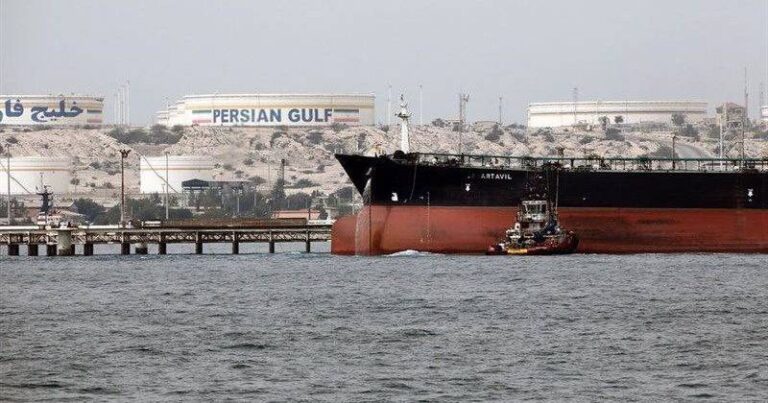Iran National Museum Journal Unveils New Issue to Celebrate Cultural Heritage Week!
The Iran National Museum Quarterly Journal has recently unveiled its latest issue, Volume 3, Issue 1, coinciding with the onset of Cultural Heritage Week, which aligns with the globally recognized International Museum Day on May 18. This engaging issue features a total of 17 enlightening articles that delve into various aspects of archaeology, museum collections, and the broader field of museology.
Published in both English and Persian, the journal is readily accessible to the public, ensuring that everyone can explore its rich content. Below are some of the key highlights from this new edition:
- Field Research at Dehtal: The journal presents significant findings from field research conducted at the Lower Paleolithic site of Dehtal located in Hormozgan Province.
- Faunal Diversity: Discoveries of animal remains from Wazmeh Cave in Kermanshah provide insights into the diversity of fauna in the western Zagros region over the last 70,000 years.
- Neolithic Burial Practices: The publication includes findings on cremated human remains from Zardeh Sahel near Kashan, offering new perspectives on burial rituals during the Neolithic period.
- Prehistoric Connections: An intriguing clay seal found at Tepe Jameh Shuran in the Mahidasht Plain reveals connections between prehistoric societies in the central Zagros, Susiana, and Mesopotamia.
- Bakun-period Activities: A study of a Bakun-period site in Fars Province uncovers evidence of seasonal pastoral activities, enriching our understanding of ancient lifestyles.
- Early Administrative Practices: Analysis of Susa clay tablets (3100–2900 BC) highlights early crop cultivation and labor organization, further solidifying Susa’s importance as an administrative hub.
- Akkadian Discoveries: A newly identified Akkadian tablet sheds light on the reconstruction of the Ababar Temple in Larsa by a Babylonian king.
- Sacrificial Scenes: The journal investigates sacrificial scenes portrayed on the Arjan Bowl and discusses Elamite terms found in the Persepolis archives, enhancing our knowledge of Achaemenid administrative practices.
- Advanced Methodologies: Innovative methodologies are showcased, including CT scans of the Chehrabad salt mummies, which analyze injuries resulting from mine collapses.
- Functional Analysis: The issue explores the purpose of holes in the column capitals of Persepolis, suggesting they may have been used for hanging lightweight decorations.
- Historical Artifacts: The publication also discusses coins excavated by Herzfeld at Persepolis, Egyptian-style artifacts in Achaemenid Iran, and the sourcing of cobalt in blue-glazed ceramics from Iran and China during the 12th to 17th centuries CE.
- Qajar-era Attribution: A painting from the Qajar era in the Iran National Museum’s collection is newly attributed to the 1804 Battle of Yerevan.
- Museological Strategies: Practical topics are also addressed, such as strategies to reduce earthquake risks to museum objects and the application of Kant’s concept of the sublime in the context of museum artifacts.
Since its inception, the Iran National Museum Quarterly has published a total of 43 articles, garnering an impressive 18,286 views and 10,513 downloads. This remarkable engagement reflects the journal’s increasing significance as a platform for interdisciplinary research that bridges archaeology, history, and museum studies.
The publication stands as a testament to the Iran National Museum’s dedication to promoting scholarly dialogue and disseminating knowledge about Iran’s rich cultural heritage. By offering free access to its articles, the journal encourages a broader audience to appreciate and learn about the historical narratives that shape Iran’s identity.
In conclusion, the latest issue of the Iran National Museum Quarterly Journal is a valuable resource for researchers, historians, and anyone interested in the intricate tapestry of Iran’s cultural and historical landscape. With its diverse range of topics and rigorous academic standards, the journal continues to foster a deeper understanding of the past and its relevance to contemporary society.
